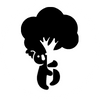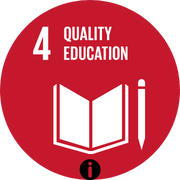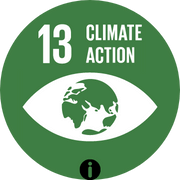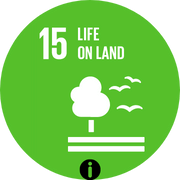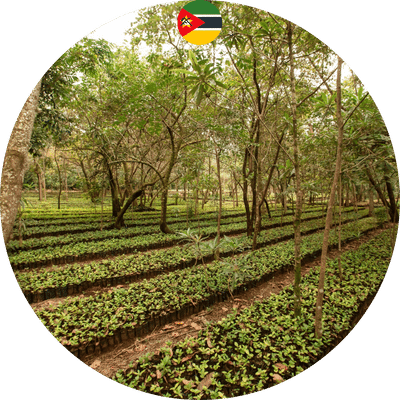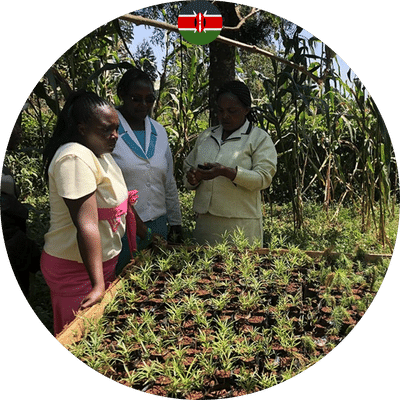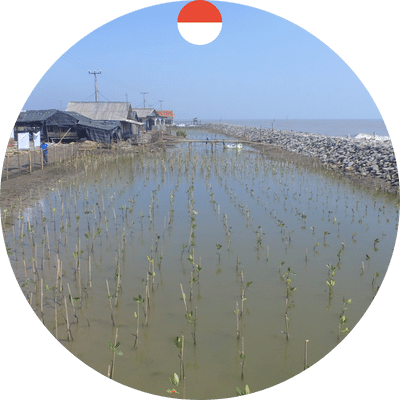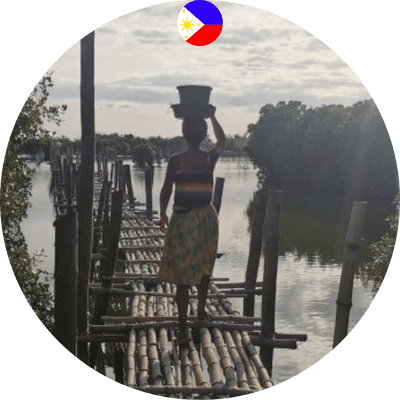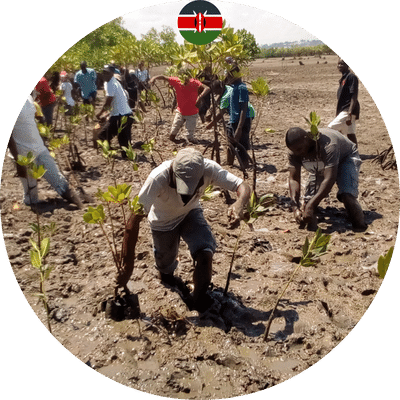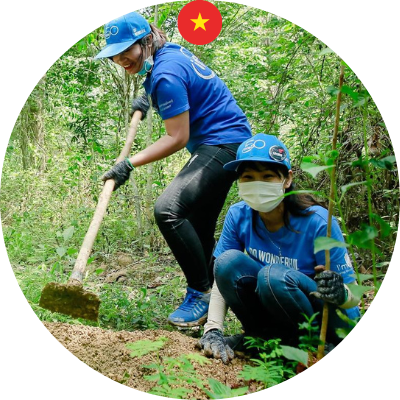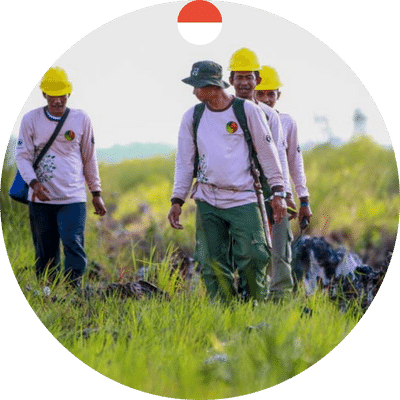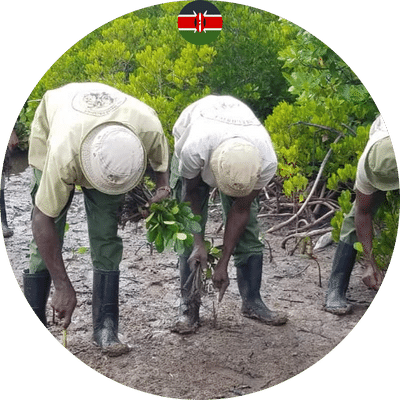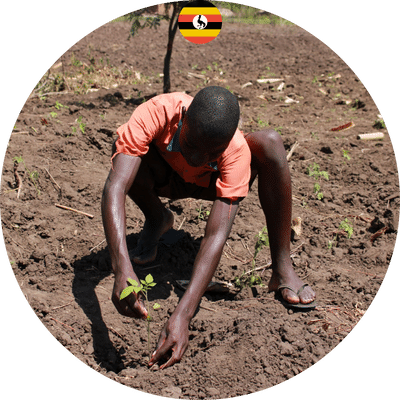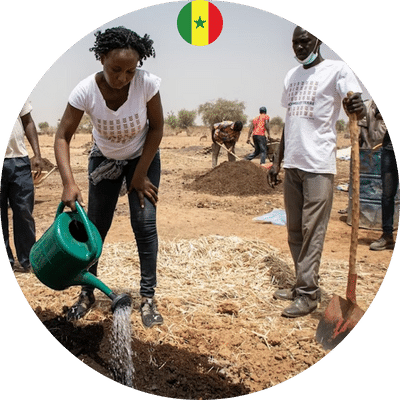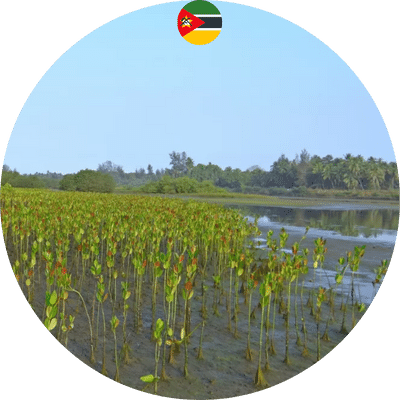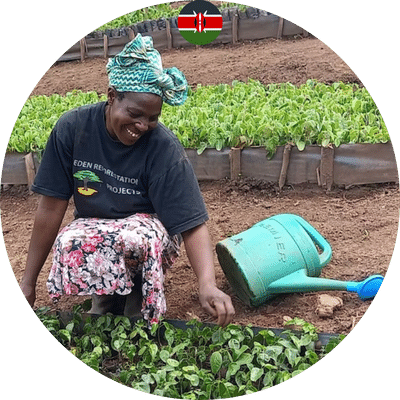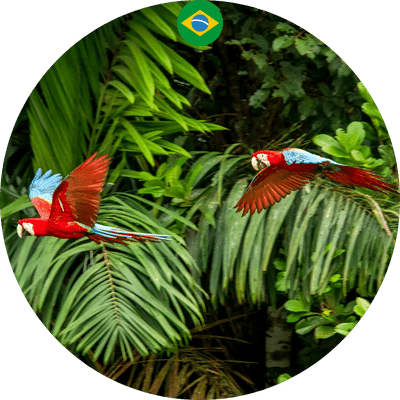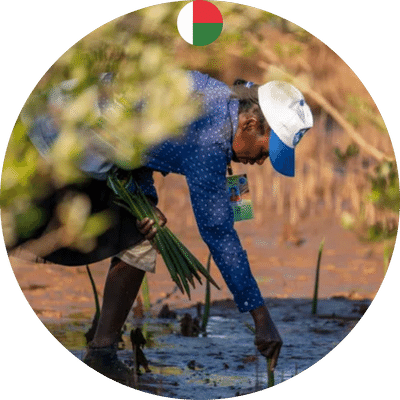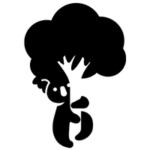Forest school courses in Vietnam
Origin
Every year, Gaia organizes forest school courses for students between the ages of 6 and 17. The courses are mainly aimed at students from the city. In Vietnam, millions of students live in sprawling metropolises. The lack of resources does not enable them to regularly connect with nature.
By participating in the journey with Gaia, students gain more ecological knowledge and inspiration to take action to protect nature.

SELECT message_id, language_id, severity, is_event_logged, text FROM sys.messages WHERE language_id = 1033;
Table of contents
- Origin
- Project location
- State of affairs
- State of affairs
Project location
The project locations (Can Gio Biosphere Reserve) is a wetland located 40 km southeast coastal area of Ho Chi Minh City. This reserve has been listed as a biosphere reserve by UNESCO. The site is an important wildlife sanctuary in Vietnam, as it is characterized by a wetland biosystem dominated by mangrove and many rare species.
The forest’s area is 757.4 km2, with over 150 botanical species. The reserve is under threat from human activities such as urbanization, pollution, and over-exploitation of its natural resources. This significantly impacts the biodiversity in the area. Conservation and management efforts are needed to preserve the reserve’s unique ecosystem and the species that depend on it.
Can Gio Mangrove Forest and Biosphere Reserve is developed as a special ecotourism site. Various resources are exploited such as mangroves forest, marine resources, natural rivers, traditional craft villages Thieng Lieng Hamlet salt village, Tam Thon Hiep Commune with bird farming, Long Hoa Commune with fishing. Economically, Can Gio Biosphere Reserve has changed this location from the poorest district of Ho Chi Minh city to a central development tourism area.
Coming to Cần Giờ, visitors can travel to Sac Forest Tourism Area, monkey islands, enjoying the nature and local food here. The best time to travel is from December to March
Project objectives
The main object of this project isn’t planting as many trees as possible. The project is informal and doesn’t follow official guidelines, methodologies, and frameworks.
This project is about education and awareness. Learning will help students understand their beliefs and whether they are limiting them.
If you are conscious, this will give you knowledge, and if you have knowledge, you will know what to do and where to go to make the necessary changes in order to take steps to live in conjunction with nature.
The main objective is creating a future where people live in harmony with nature by strengthening and implementing breakthrough solutions in:
- Biodiversity research and implementation of conservation solutions.
- Behavioural change towards nature conservation through education and communication.
- Capacity building for employees who work or will work for nature conservation.
- Sustainable resource management with community participation.
- Education, research and application of solutions to respond to climate change.
Sustainable Development Goals
When allocating our members’ funds, we’re committed to aiding in the Sustainable Development Goals set by the United Nations. Below are the SDGs acknowledged for this project.
💡 Click on the Icon to read follow the progress on each SDG.
Photos 📷








IUCN Red List
The state of the world’s biodiversity can be determined in large part by looking at the IUCN Red List. It is a powerful instrument to inform and spark action for biodiversity conservation and policy change, which is essential to safeguarding the natural resources we depend on for survival. It is much more than a list of species and their condition.
Several plant and animal species that are included on the IUCN Red List of Threatened Species can be found in the Cn Gi Biosphere Reserve. The mangrove species Rhizophora stylosa and Avicennia marina are just a couple of the plant species that are classified as highly endangered. The Javan mongoose (Herpestes javanicus), the Green turtle, and the Indochinese silvered langur (Presbytis francoisi) are a few other animal species that are categorised as endangered or critically endangered (Chelonia mydas)
It’s also important to note that some species found in the reserve have not yet undergone IUCN evaluation but are still regarded as having high conservation value. Examples of these include the critically endangered saltwater crocodile (Crocodylus porosus) and the vulnerable species of water snake, Enhydrina schistosa.
Flora
The reserve is renowned for the variety of flora it supports, such as mangroves, nipa palm forests, and numerous aquatic plant species. The reserve is home to several common mangrove species, including Rhizophora stylosa, Avicennia marina, and Bruguiera gymnorrhiza. The Nypa fruticans, a kind of palm that thrives in salty soils and is a significant source of food and resources for nearby communities, is found in the nipa palm forests. The reserve also supports a variety of aquatic plant species, including water hyacinth, water lettuce, and lotus.
Fauna
Cần Giờ Biosphere Reserve is home to a diverse range of fauna. Some of the common bird species found in the reserve include the white-faced plover, the little tern, and the black-faced spoonbill. Additionally, the reserve also provides a habitat for several species of reptiles and amphibians such as the marsh crocodile, the water snake, and the green turtle. The reserve is also home to a variety of fish species such as the mudskipper and the mangrove snakehead.
The reserve also provides a habitat for several species of mammals such as the small Indian civet, the binturong, and the long-tailed macaque. It’s also known for the presence of the vulnerable and critically endangered species such as the Indochinese silvered langur and the Javan mongoose.
